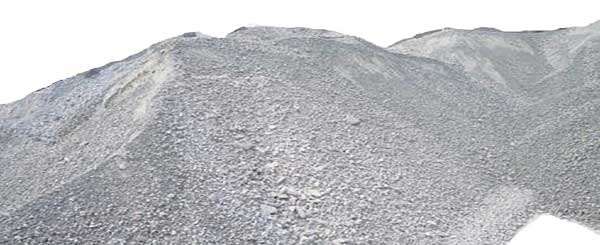What are the treatment methods for industrial solid waste?

Solid waste treatment, the full name of solid waste treatment, usually refers to the process of converting solid waste into a process suitable for transportation, storage, utilization or disposal by physical, chemical, biological, physicochemical and biochemical methods. The goal of solid waste treatment is to be harmless ionization, reduction, and resource utilization.
01. Compaction technology
Compaction is a pretreatment technology that reduces the volume of waste, reduces transportation costs, and extends landfill life. Compaction is a commonly used pretreatment method for solid waste, such as cars, cans, plastic bottles, etc. Compaction is usually first used. Solid wastes that are suitable for compaction to reduce volume should not be compacted. Some wastes that may cause operational problems, such as tar, sludge or liquid materials, are generally not suitable for compaction. deal with.
02. Crushing technology
In order to reduce the shape of waste entering incinerators, landfills, composting systems, etc., solid waste must be crushed in advance. The crushed waste will not only have uniform size but also texture due to the elimination of large gaps. Also uniform, compacted during the landfill process.
There are many crushing methods for solid waste, including impact crushing, shear crushing, extrusion crushing, friction crushing, etc. In addition, there are also proprietary low-temperature crushing and mixed crushing. The most widely used and most effective solid waste crusher is the shear crusher. For landfill waste and compost waste, the spiral roller crusher is more effective.
03. Sorting technology
Solid waste sorting is an important means to realize the resource utilization and reduction of solid waste. Through sorting, the useful ones are fully selected and utilized, and the harmful ones are fully separated. The other is to separate wastes of different granularity levels. , the basic principle of sorting is to use certain differences in materials to separate them.
04. Curing technology
Solidification technology is a harmless treatment process that adds solidified substrates to waste to fix or contain harmful solid wastes in inert solidified substrates. The processed solidified products should have good anti-permeability, good Mechanical properties, resistance to leaching, resistance to dryness and moisture, and resistance to freezing and thawing. The curing treatment can be divided into sedimentation curing, asphalt curing, glass curing and colloid curing according to the different curing substrates.
05. Incineration and pyrolysis technology
The incineration method is a comprehensive treatment process of high temperature decomposition and deep oxidation of solid waste. The advantage is that a large amount of harmful waste is decomposed into harmless substances. As the proportion of combustibles in solid waste gradually increases, it has become a necessary development trend to use incineration to treat solid waste and utilize its heat energy. With this treatment method, solid waste occupies a small area and the processing volume is large. In terms of protection Environmental and incineration plants are mostly located in large cities with more than 100,000 people, and are equipped with energy recovery systems.
06. Biological treatment technology
Biological treatment technology uses the decomposition of organic solid waste by microorganisms to make it harmless. It can convert organic solid waste into energy, food, feed and fertilizer. It can also be used to extract metals from waste products and waste residues. It is a resource for solidified waste. The most effective technical methods are widely used: composting, biogas production, sugar production from waste cellulose, feed production from waste fiber, bioleaching, etc.
